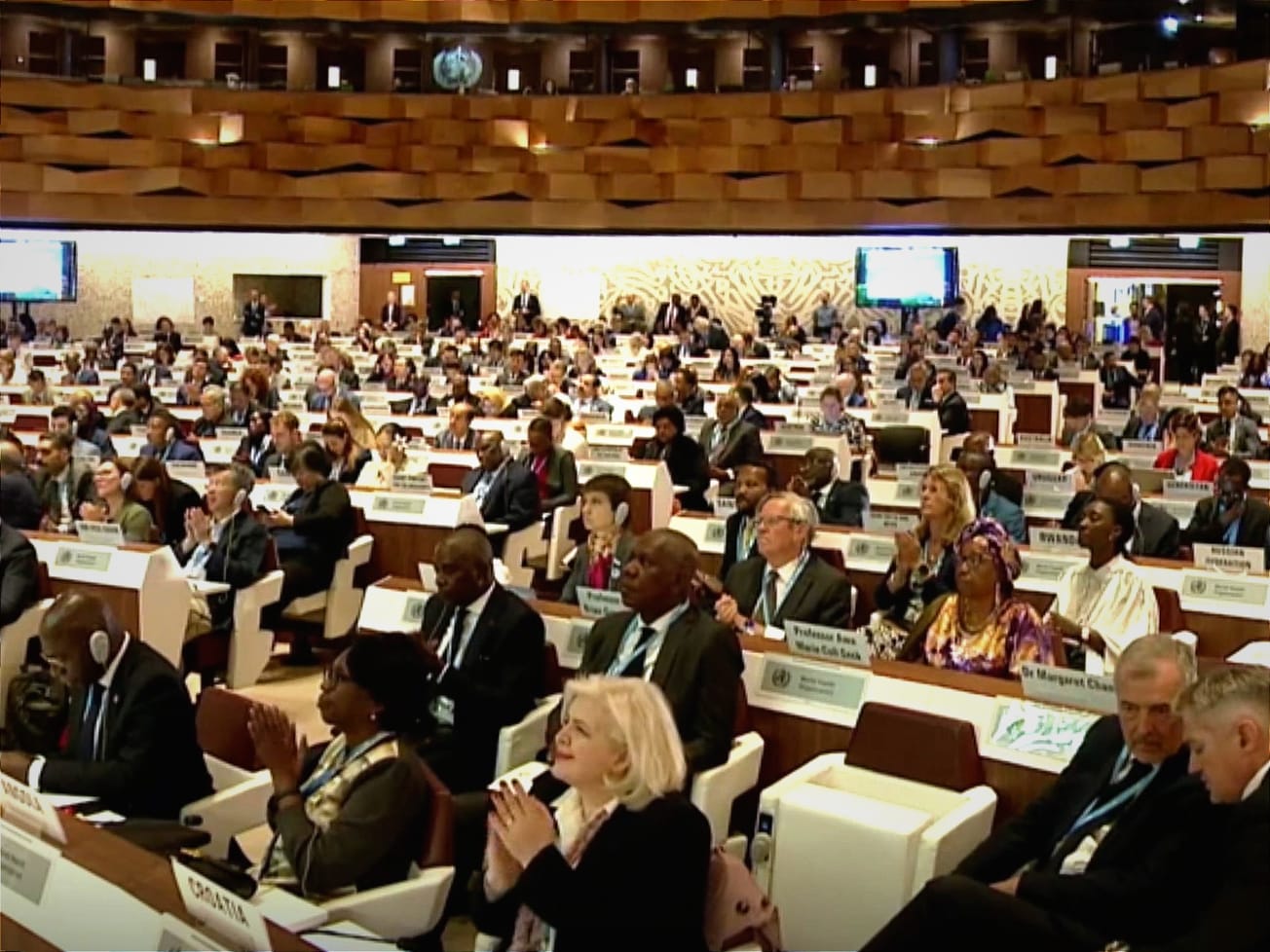GENEVA (AN) — The World Health Organization took the drastic step on Wednesday of declaring COVID-19 as a global pandemic — the worldwide spread of a new disease — marking the first time a coronavirus has gained that distinction.
Alarmed at the fast-spreading rate of infections and slow government reactions, the U.N. health agency for the first time acknowledged that the global outbreak is a pandemic, a politically charged word in some circles, as a way of prodding countries dragging their feet into swift, efficient action.








